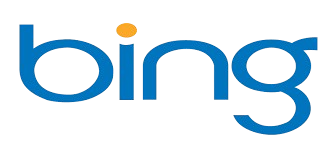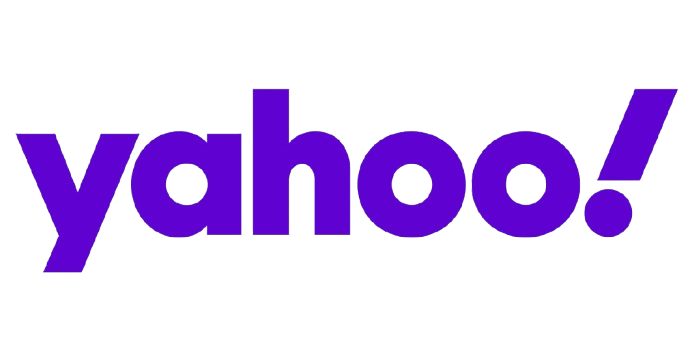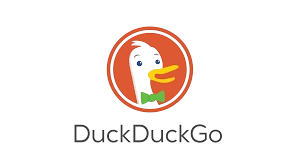SEO, or Search Engine Optimization, is the process of optimizing a website or a web page to rank higher on search engines. SEO goals are to attract organic (non-paid) traffic by improving website relevance, quality, and usability. With the right SEO strategies, a website can appear on the first page of search engine results, making it more accessible to potential visitors.

On-Page SEO
On-page SEO refers to the practices implemented directly on a website to improve its position in search rankings (SERP). Web pages are crawled, indexed, and ranked by search engines. Better optimization can lead to higher rankings and increased organic traffic.
Key Components:
- Title Tags: Each page should have a unique title tag that includes the main keyword. This helps search engines understand the page content.
- Meta Descriptions: A well-crafted meta description summarizes the page content. It should be engaging and include keywords to encourage clicks.
- Headings (H1, H2, H3): Use headings to organize content. The H1 tag should contain the main keyword, while H2 and H3 tags can be used for subtopics.
- Keyword Usage: Strategically place keywords throughout the content, ensuring they fit naturally. Avoid keyword stuffing, which can loss rankings.
- URL Structure: Clean, descriptive URLs that include relevant keywords enhance user experience and improve SEO.
- Internal Linking: Linking to other pages within your site helps search engines crawl your site and improves user navigation.
- Image Optimization: Use proper alt tags and descriptive filenames for images. This helps with accessibility and provides context to search engines.
Off-Page SEO
Off-page SEO refers to all the actions taken outside of your website to improve its ranking in search results. It helps make credibility and authority. It signals to search engines that your content is valuable and worth ranking high.
Key Components:
- Backlinks: Earning quality backlinks from reputable sites boosts your site’s authority. Focus on getting links from related, trustworthy sources.
- Social Media Engagement: Active participation on social media platforms can drive traffic to your site and improve brand visibility.
- Guest Blogging: Writing articles for other sites allows you to showcase expertise and gain backlinks. Ensure the host site is relevant and credible.
- Influencer Outreach: Collaborating with influencers can enhance your brand’s reach. Influencers can share your content with their audience, driving traffic to your site.
- Online Reputation Management: Monitor reviews and respond to customer feedback. A positive online reputation can lead to higher trust and traffic.
Technical SEO
Technical SEO concentrates on a website’s backend structure. It ensures that search engines can appropriately crawl and index your website. Proper technical practices lead to better crawling, indexing, and overall performance.
Key Components:
- Site Speed: Fast-loading pages enhance user experience and rankings. Use tools like Google PageSpeed Insights to monitor and enhance speed.
- Mobile Friendliness: A responsive design ensures your site looks good on all devices. Mobile optimization is crucial as many users access sites via smartphones.
- XML Sitemap: An XML sitemap helps search engines understand your site structure and find new pages. Regularly update it to include new content.
- Robots.txt File: This file tells the engines which pages to crawl and which pages to ignore. Proper configuration is essential for effective indexing.
- Secure Sockets Layer (SSL): An SSL certificate encrypts data between your site and users. Google prioritizes secure sites, which can enhance rankings.
- Structured Data: Implementing schema markup helps search engines understand your content is better. It can boost search listings with rich snippets.
Content Creation
Content creation is the process of developing engaging, valuable, and relevant material for your audience. It is the backbone of SEO. Valuable, relevant content drives traffic, builds trust, and enhances user experience, leading to higher search rankings. The content should always be in E.E.A.T (Experience, Expertise, Authoritativeness, and Trustworthiness) format.
Key Components:
Quality Over Quantity: Focus on creating high-quality content that provides real value to readers. Well-researched, informative articles tend to perform better.
Keyword Research: Recognize relevant keywords to target in your content. To identify terms with minimal competition and a large search volume, use tools such as Google Keyword Planner.
Variety of Content: Incorporate different types of content such as blogs, videos, infographics, and podcasts. This keeps your audience engaged to different preferences.
Regular Updates: Keeping content fresh and up-to-date is essential. Regularly revisit old posts to add new information or optimize for current Search Engine Optimization standards.
Audience Engagement: Encourage interaction through comments, polls, and social media shares. Engaging with your audience fosters community and encourages repeat visits.
So, understanding and implementing these four key elements of SEO is essential for online success. On-Page SEO, Off-Page SEO, Technical SEO, and Content Creation each play an extraordinary role in enhancing a website’s visibility and attracting organic traffic. By focusing on these areas, you can create a well-optimized site that meets both user needs and search engine standards.
What are Search Engines?
Search engines are essential tools that help users find information on the internet. When you enter a query, search engines quickly sift through billions of web pages to deliver relevant results. They use complex algorithms to determine which pages best match your search intent. This process involves crawling, indexing, and ranking web pages to provide the most useful information.

The main goal of search engines is to make it easier for users to find exactly what they’re looking for, whether it’s a specific website, product, service, or piece of information. Understanding the most popular search engines can help you optimize your content and improve visibility.
The top search engines are given below:
Google is the most widely used search engine globally, handling over 8.5 billion searches daily. Launched in 1998, it quickly became synonymous with internet searching. Google dominates the search engine market. Optimizing your website for Google is significant for attracting organic traffic. It was developed by Google LLC.
Bing is Microsoft’s search engine, launched in 2009 as a replacement for Live Search. It captures a smaller share of the search market but remains a significant player. While not as popular as Google, Bing has a dedicated user base. Optimizing for Bing can capture traffic from users who prefer this search engine.
Initially founded as Yahoo Inc., Yahoo is now a part of Verizon Media. Yahoo was once the leading search engine in the 1990s. Today, it serves primarily as a web portal, integrating search, news, and email services. Although Yahoo’s search engine is less prominent today, its portal still attracts millions of users. It’s beneficial for businesses targeting a diverse audience.
DuckDuckGo is a search engine that prioritizes user anonymity and privacy. Launched in 2008, it has gained popularity among users who value privacy. As concerns about privacy increase, DuckDuckGo’s user base continues to grow. Optimizing for this search engine can help reach users who prioritize their online privacy. It was Founded by Gabriel Weinberg.
How Do Search Engines Work?
Web pages are crawled, indexed, and ranked by search engines. Here is a breakdown of these steps:
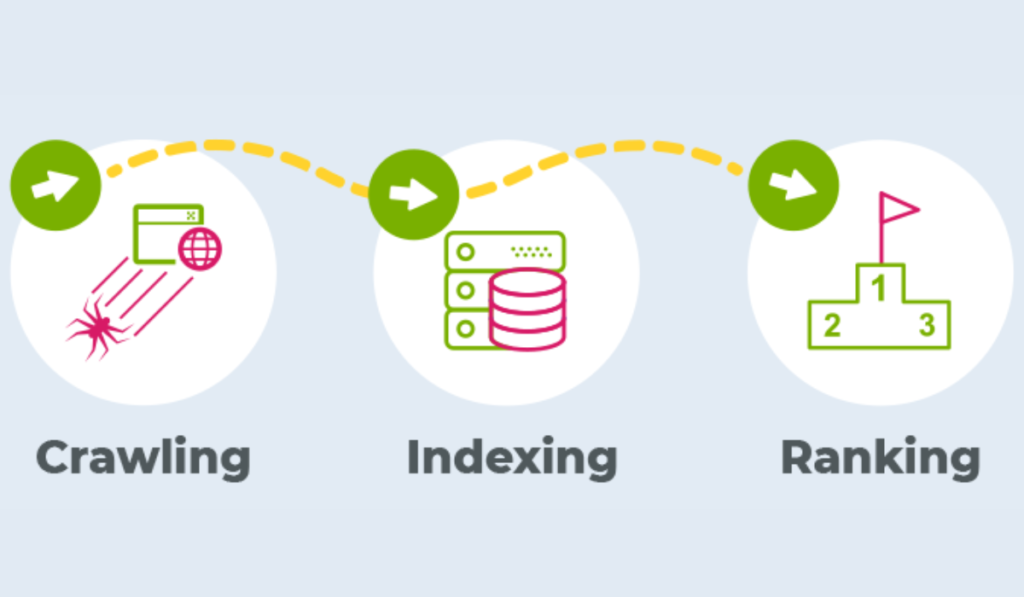
1. Crawling
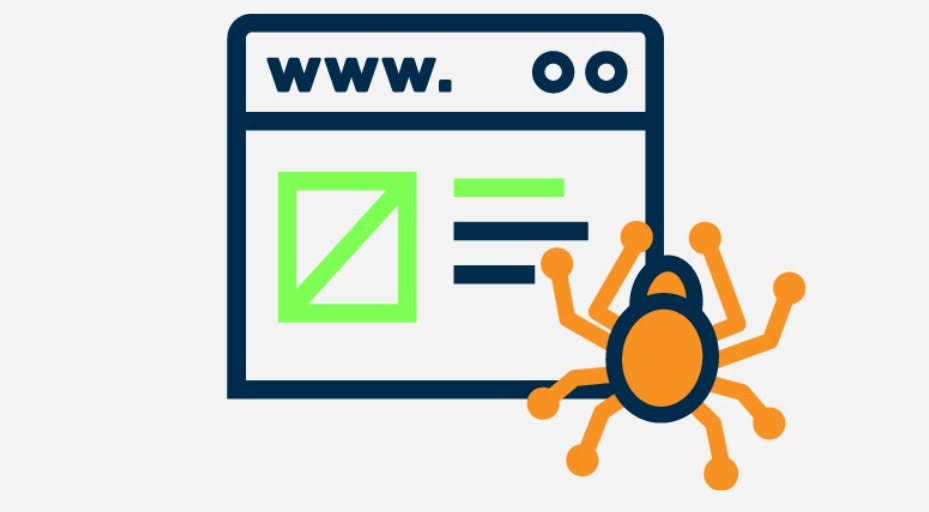
Crawling is the first step, where search engines send bots (called “crawlers” or “spiders” or “bots”) to scan web pages. These bots follow links on each page, discovering new content and updates on existing pages. Crawling helps search engines understand what each page is about.
2. Indexing

Once a page is crawled, it is indexed. Indexing is the process of storing information found during crawling in the search engine’s database. In this step, the search engine catalogs each page by topic, keywords, and relevance. Indexed pages are ready to appear in search results.
3. Ranking
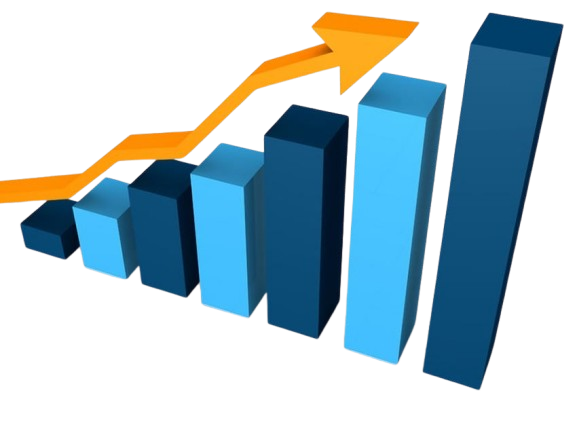
When a user enters a search query, the search engine’s algorithm ranks relevant pages. Ranking determines the order in which results appear, based on factors like content quality, keyword relevance, page speed, and user experience. Higher-ranking pages are shown at the top of the search results.
Key Factors in Ranking:
- Relevance: Content must closely match the user’s query
- Quality: High-quality, original content ranks better
- Authority: Pages with strong backlinks and credible sources have higher authority
- User Experience: Fast load times, mobile-friendliness, and low bounce rates boost rankings
Black Hat SEO vs. White Hat SEO: Understanding the Differences Well
When it comes to Search Engine Optimization (SEO), there are two main approaches: Black Hat SEO and White Hat SEO. Black Hat SEO focuses on fast, often manipulative methods to boost rankings. White Hat SEO, on the other hand, emphasizes ethical techniques and long-term results.
Here, we will understand some common black hat tactics, why they are risky, and how white hat SEO provides a better path to success.
Doorway Pages
Black Hat SEO – Doorway Pages: Doorway pages are low-quality pages designed solely to rank for specific keywords. They often redirect users to a different page after they click on the search result. These pages typically contain irrelevant content and lack real value for the visitor, violating Google’s guidelines.
Risk: Doorway pages can result in heavy penalties, including removal from search results.
Alternative – White Hat SEO: Create high-quality, relevant content directly related to the target keyword. Genuine, user-focused content helps build authority and engage visitors.
Cloaking
Black Hat SEO – Cloaking: Cloaking is a deceptive practice where the content shown to search engines differs from what users see. For example, a page might display keyword-stuffed content to bots while showing an unrelated page to users. This tactic misleads search engines into ranking irrelevant pages, violating SEO guidelines.
Risk: Google heavily penalizes cloaking. Sites using cloaking may face lower rankings or complete deindexing.
Alternative – White Hat SEO: Optimize visible content for both users and search engines. Use genuine keywords in naturally flowing text, ensuring consistency between what search engines and users see.
Link Farms
Black Hat SEO – Link Farms: Link farms are networks of unrelated websites linking to each other to boost rankings artificially. These links lack real authority and relevance, created purely to manipulate Google’s algorithm. Link farms are easily detected by search engines and don’t contribute any real value.
Risk: Link farms can lead to severe ranking drops or penalties since they violate Google’s link-building guidelines.
Alternative – White Hat SEO: Build organic backlinks from reputable, relevant sources. Earning links from quality sites through guest posts, partnerships, and valuable content strengthens your site’s authority without risking penalties.
Keyword Stuffing
Black Hat SEO – Keyword Stuffing: Keyword stuffing involves overloading a webpage with keywords in an attempt to rank higher. This can include repeating words or phrases excessively, resulting in an unnatural and unpleasant reading experience for users. Keyword stuffing is easily detected by search engines, which penalize sites for this tactic.
Risk: Keyword stuffing can lead to poor user experience and penalties from Google, resulting in lower rankings.
Alternative – White Hat SEO: Use keywords naturally in well-structured content. Focus on semantic keywords and LSI (Latent Semantic Indexing) terms to provide comprehensive information without overusing a single keyword.
Hidden Texts and Links
Black Hat SEO – Hidden Texts and Links: Hidden texts and links are invisible elements on a webpage used to manipulate search engines. They might involve using white text on a white background, hiding text behind images, or using tiny font sizes. This tactic misleads search engines by adding keywords without the user’s knowledge.
Risk: Hidden texts and links can lead to severe penalties, as Google considers them a manipulation of its algorithm.
Alternative – White Hat SEO: Display all text and links visibly to users and search engines. Make sure all content is readable and valuable to both users and bots, enhancing transparency and credibility.
Thus, using White Hat SEO techniques ensures steady and safe growth in search rankings. Black Hat SEO may offer short-term results, but the risks and penalties far outweigh any gains. By focusing on high-quality content, ethical link-building, and transparent practices, your website can achieve lasting success and maintain a positive reputation with search engines and users alike.
Why is Search Engine Optimization (SEO) Important?
Search Engine Optimization (SEO) is very important for any business operating online. It enhances visibility in search engine results, driving organic traffic to your website. Here are some key reasons why SEO is important:

- Increased Visibility: Search Engine Optimization makes it possible for your website to show up on the top page of search engine results. Increased exposure results in more clicks and potential customers.
- Cost-Effective Marketing: SEO is a more affordable digital marketing tactic than paid advertising. It focuses on people who are actively looking for your goods or services.
- Enhanced User Experience: Good SEO practices improve website navigation and usability. A well-structured site keeps visitors engaged and encourages them to explore more & more.
- Credibility and Trust: Websites that rank higher are perceived as more trustworthy. High rankings build credibility with users and foster brand loyalty.
- Targeted Traffic: SEO allows you to target-focused keywords relevant to your audience. This means the traffic you attract is more likely to convert into customers.
- Competitive Advantage: Businesses that invest in SEO can outperform competitors who don’t. Staying ahead in search rankings gives you an edge in the market.
What are the Main Goals of Search Engine Optimization?
Brand Awareness
Search Engine Optimization helps establish your brand in the market. Higher visibility leads to greater recognition and trust among potential customers.
Increase Web Traffic Quality
SEO focuses on attracting targeted traffic. Quality traffic means visitors are more likely to engage with your content and convert it into customers.
Boost a Seamless Customer Experience
Good SEO practices enhance user experience. This includes fast loading times, mobile optimization, and easy navigation, leading to higher satisfaction.
How to Start Search Engine Optimization Strategy?
Starting an SEO strategy involves several steps. Here’s how to get started in simple terms:
- Set Clear Goals: Clearly state your goals for using SEO. This could be raising sales, improving brand awareness, or increasing website traffic.
- Conduct Keyword Research: Use tools like Google Keyword Planner to find keywords relevant to your business. Focus on terms your target audience uses.
- Optimize Your Website: Ensure your site is user-friendly. This means fast loading times, easy navigation, and mobile compatibility.
- Create Quality Content: Develop engaging content that answers questions and provides value to your audience. Use your target keywords perfectly within the content.
- Build Backlinks: Reach out to other websites to earn backlinks. Quality links from reputable sites can improve your authority and rankings.
- Monitor Your Progress: Use analytics tools to track your SEO performance. Check which keywords are driving traffic and adjust your strategy accordingly.
- Stay Updated: SEO is always evolving. Keep learning about the latest trends and updates in digital marketing to stay competitive.
By following these steps, you can create a strong Search Engine Optimization (SEO) strategy that enhances your virtual presence and drives organic traffic to your web pages or website. Good Luck!


